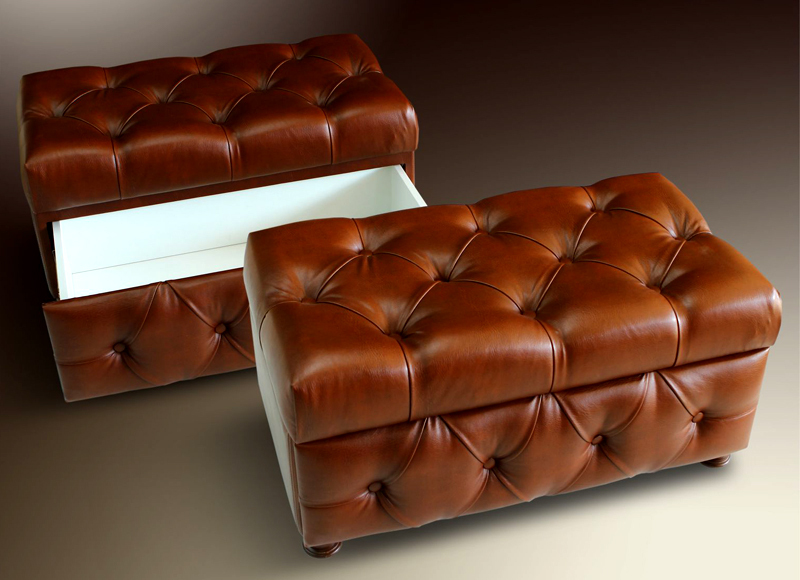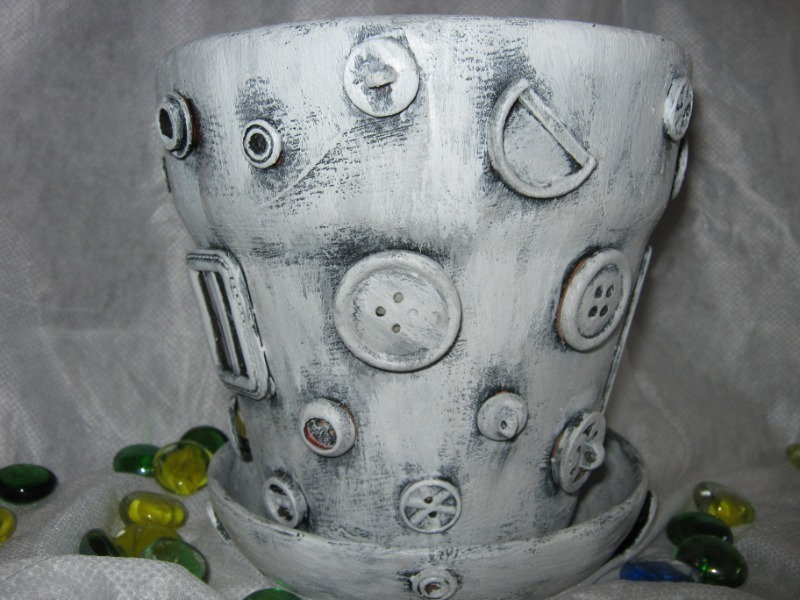Heating systems today in most cases made of polypropylene consumables. Rating polypropylene in heat, heating equipment due to the presence of a number of positive aspects, among which the first place is the ease and speed of installation systems communications. propylene pipeline installation technology allow you to make home heating even with his own hands, taking into account existing schemes laying highways and ways of connecting heaters.
However, its apparent simplicity and ease of stacking process of the heating installation propylene tubes requires careful preparation. You will need ready heating circuit design, thermal and hydrodynamic calculations. The more that a workable heating circuit of propylene can be done only with special equipment and tooling.

Knowledge, experience and skills required in any case: when laying pipelines using the central heating and the organization of autonomous heating systems.
Main article about polypropylene tubes.
What is special propylene pipes used in heating systems
Since the introduction of propylene in the market of heating equipment the organization of in-process communication has become much easier and cheaper. Unlike metal pipe conduit polypropylene consumables costs are 3-5 times cheaper. Moreover, due to the cost of the product is already available, you can not save on the length of lines of communication. Earlier, it was the high cost of consumables factor was the main reason that heating at home doing the minimum, with significant technological and design restrictions.
Laying of the heating circuit pipes using a propylene product allows to equip a complete home heating, which is able to heat all the dwellings. Low cost of propylene supplies was the result of a low cost manufacturing process. However, this is not all the advantages that supplies of polymers. Let us discuss some other important aspects. For example, polypropylene pipes - is:
- resistance to high temperatures;
- good resistance to mechanical stress;
- resistance to corrosive processes;
- high operational characteristics;
- long-term operation;
- environmental Safety.

From all the above it is necessary to mention the thermal stability of polypropylene. The material starts to change its structure and shape only at very high temperatures. Upon reaching the mark 1400With the increased ductility of the material. Polypropylene is easy to change the shape. At around 1750With polypropylene melts. This feature is a key material for its industrial use. The heating temperature of the coolant can reach a maximum level of 950C, which is consistent with technological parameters polypropylene products.
On a note: even for the heating equipment, which outputs a flow temperature of 1050With the possible use of the propylene tubes. Additionally, such communication means are used for cooling the coolant, preventing the boiling process.
Addition of the polymers makes certain stabilizers propylene tube resistant to corrosion and to corrosive environments, to dynamic loads. Due to these components greatly increases the life of the propylene pipelines.
Polypropylene has high water resistance, allowing use pipes of this material, paving fluid communication, including a water pipe and a heating circuit.
For instance: within six months of operation polypropylene absorbs only 0.5% moisture by contact with cold water. For heating systems, the figure is only 2%.
Despite the many positive properties and characteristics of polypropylene pipes have the drawback that non-compliance with stacking technology, can adversely affect the state of line. We are talking about a high thermal expansion coefficient. This aspect to consider when choosing supplies for the heating circuit.
With these qualities and properties of polymers, polypropylene pipes have become the ideal alternative to the use of metal consumables and articles made of metal. The only condition that will allow maximum use of all the positive qualities of polypropylene pipes - this is the correct installation of heating.
Features and nuances practical use propylene tubes
Heating of the propylene tubes process is complicated, however, contains certain details, features and nuances. You must take into account every detail, otherwise your heating system will operate intermittently, and the pipeline with the hot water will be a source of extra hassle.
All work will be made only after careful preparation of the heating circuit. On the basis of the workload is determined by the type and quantity of consumable, the presence of reinforcement, tube diameter and methods of installation.

For reference: Pay attention to the diameter of the pipe. Using polypropylene narrow supply channel lines substantially reduce heat intensity of the heating heat sources.
Another equally important aspect that determines the functionality of the heating main, is the choice of products. For heating equipment can only be used reinforced polypropylene tubesIn which the low thermal expansion coefficient. For multilayer supplies these values are 0.03 mm / m0C, whereas for conventional, non-reinforced, single-layered products rate is 0.15 mm / m0FROM.

In other words, the following occurs. The usual propylene under high temperature begins to change shape over time. A single-layer tube becomes flexible and loses its linearity. Triggered thermal linear expansion, as a result of which conduit starts at extended portions sags and becomes unsightly. In pipes reinforced aluminum heating or fiberglass such defects are observed.
Practical details, which must be followed during installation, as follows:
- Polypropylene is not suitable for pipe directly connected to the heating devices;
- monitor the work of the autonomous boiler, avoiding boiling coolant.

In order to avoid such situations, when you connect a polypropylene line to the boiler use metal adapters or other devices and tooling. Equip the heating system of the automated controls the heating temperature.
On a note: It is not suitable for the installation of pipelines of polypropylene use threaded connections with metal fragments backbone. This compound gradually loses its stability and integrity.
What are the different types of polypropylene thermal line installation
Currently, in a practical embodiment two deserve attention stacking heating circuit using polypropylene consumables.
The first:
Mounting of propylene with the upper connecting pipe. This embodiment is designed to operate single-heating system, in which no circulation pump. The coolant in the conduit is fed by gravity, due to the existing pressure difference at the top and at the bottom (in the autonomous system). In urban apartments pressure in the riser is created job homes circulation pumps.

Typically, such schemes gaskets and connections used in small homes and cottages, which is assumed to be systematic heating operation and also connected to the main pipe in apartment blocks, where a battery or return pipe.
Second:
Laying pipes with bottom feed and beam connecting the heating sources. This extensive dual heating system, which is supposed to install additional equipment. Circulation of the coolant is performed forced manner (for autonomous heating systems).

The second embodiment is quite common and is more convenient for the subsequent operation of the heating system. The pipeline can be laid in almost all residential premises, and taking into account the layout of the interior. Due polypropylene pipes attained the required length backbones and provides convenient connection of batteries.

Preparing for installation. technical details
Polypropylene pipe must meet the technological parameters of the heating equipment, tasks assigned to the heating system. installation of radiators made in places determined in advance with the necessary technical requirements and the selected liner scheme. In addition to the experience, skills and theoretical knowledge, you will need special equipment and materials:
- the welding machine (soldering) in a set of gauge;
- Special scissors for cutting pipes (pipe cutter);

- shaver, an apparatus for stripping materials reinforced aluminum;
The main requirements prior to the laying process, include a number of the following rules and guidelines:
- Pipes designed for cold water, the heating system is not used;
- Laying of roads should be carried out in accessible and convenient for surface heating equipment installation location;
- Radiator must meet the requirements of the heating system of the polypropylene tubes;
- It is not necessary to establish close polypropylene pipes near the boiler.
For reference try to mount the conduit at a sufficient distance from the heating device, the temperature of the outer walls of which are very sensitive in small spaces. Polypropylene tubes in a close contact with the heated surface may swell and swell, losing their tightness.

Mounting. Primary requirements
During installation, follow these guidelines:
- cutting tubes into individual pieces and fragments is performed only with special scissors;
- cutting is carried out strictly at 900;
- do not do too long, whole sections of the heating circuit, avoid excessive number of bends in the working line;
- hand must have a sufficient number of holders and fasteners for pipes, thereby ensuring the stability of the pipeline, excluding the effect of sagging;
- before joining the segments and fragments check edge and an inner diameter of the absence of contaminants;
- Installation is performed only when the positive air temperature is not lower than 50FROM.
For laying heating pipes polypropylene backbone is important to preserve the integrity of Consumables. Avoid mechanical damage to pipes, which then form the basis for the pipeline.
Stripping reinforced aluminum tubing is required. Aluminum is not soldered, so using shaver remove excess aluminum to a depth of 1-2 mm. This ensures that during soldering the necessary strength and tightness of the connection.

To create a threaded connection using special fittings and products in which there is already a thread cutting.
During the brazing solder is heated to a temperature of 2600FROM. Neither more nor less is not recommended to heat the soldering iron. Otherwise, it may overheat polypropylene or conversely, not to achieve the necessary bond strength. Immediately carried out after soldering should not be further installation. Within 3-5 minutes soldered connection must be in a quiet position.
Important! Pike, as does the installation should be carried out in a ventilated area. Failure to comply with this condition can be obtained poisoning pairs molten polypropylene.
Once the installation is finished. The entire heating system checked for functionality during a test launch. The water temperature was adjusted to the optimum immediately, within a few days, thereby increasing the load, pressure and coolant flow rate. During the test launch check all joints and connections to the radiators.
conclusion
Like any other installation and technical work, laying water loop heating systems require careful planning. It begins with the preparation of the workload of residential space heating. Thermal and hydraulic calculations allow you to choose the optimal amount of consumables, correctly implement the wiring and the subsequent connection of the heating equipment to the backbone.
If you did everything right, have taken into account before installing the respective diameters of pipes, fittings and power heating appliances, your home heating system will work for a long time and regularly.
On a note: during work do not forget about the need to comply with the slope, laying heating pipes. On average, this value is 0.5 cm per meter of the pipeline. This detail concerns both the supply pipe and exhaust pipe for discharging the coolant. The slope can not be observed when the water feed rate in the system is 0.25 m / s.

Polypropylene tubes during long term operation does not lose its functional and technological parameters. Subject to the precautions and rules of operation of heating equipment, such highway will be a reliable, sustainable and practical. In an emergency situation in the polypropylene piping is always possible to perform the replacement of the damaged area quickly enough. If there is a leak in the joints and connections usual repair did not take long. You are always at hand there is an extra piece of pipe. With the help of a soldering iron and scissors, you yourself able to repair a water pipe.



